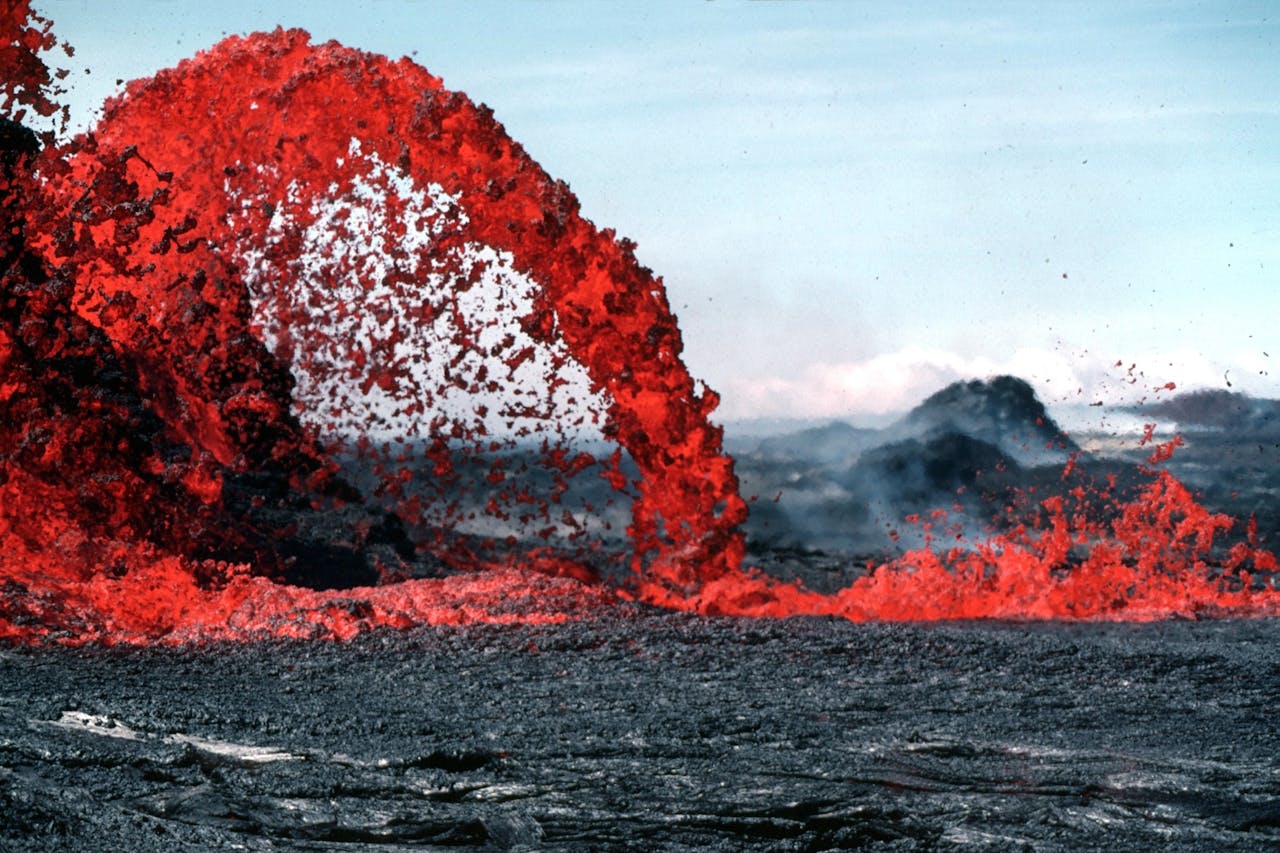Ah, a fine and formidable question – the kind that belongs to the grand cycles of Earth herself.
Mount Tambora’s eruption in April 1815 was a true planetary convulsion – the largest known in recorded history – ejecting over 150 cubic kilometers of material, blotting out the Sun, and birthing the “Year Without a Summer.”
Events like that are rare, but not unique.
Let’s look at it methodically, then lyrically.
1. Statistical Probability
Large volcanic eruptions are measured on the Volcanic Explosivity Index (VEI) – a logarithmic scale:
- VEI 5-6: e.g., Mount St. Helens (1980), Pinatubo (1991) – roughly once per century.
- VEI 7: e.g., Tambora (1815), Taup (c. 232 CE), Samalas (1257 CE) – roughly once every 500-1,000 years.
- VEI 8 (“supervolcano”) events like Toba (~74,000 years ago) – once every 50,000-100,000 years.
By that measure, we are statistically due-ish – not by prophecy, but by probability – for another VEI 7 sometime in the next few centuries. There’s no sign of one imminent, but geologic timescales don’t much care for human comfort.
2. Current Candidates
Several volcanoes hold the potential energy for a Tambora-scale eruption:
- Rinjani/Samalas complex (Indonesia) – Tambora’s cousin in chaos.
- Taup (New Zealand) – very active magma system; its last major eruption (232 CE) was huge.
- Campi Flegrei (Italy) – restless, swelling; it’s capable of VEI 7 behavior, though more likely smaller events first.
- Icelandic volcanic belt – Brarbunga and Katla both capable of significant hemispheric impacts.
- Alaska-Aleutian arc – several candidates (e.g., Aniakchak, Okmok) with large calderas and geophysical unrest.
Monitoring networks (InSAR, seismic tomography, gas flux analysis) currently show heightened activity at Campi Flegrei and Taup, but neither is close to catastrophic conditions.
3. Expected Frequency and Timescale
If you average the last few millennia:
- A VEI 6 eruption occurs roughly every 50-100 years.
- A VEI 7 eruption occurs roughly every 700-1,000 years.
Since Tambora in 1815 and Samalas in 1257 are our last two VEI 7s, that’s about 560 years apart – meaning we’re in that statistical window again now ( 200 years).
So yes, it could happen within the next few centuries, possibly even within the next century – though that’s more poetic than predictive.
4. Consequences Today
A Tambora-sized eruption in the 21st century would:
- Inject ~100 Mt of sulfur dioxide into the stratosphere.
- Drop global temperatures by 1-2 C for several years.
- Collapse harvests, alter monsoons, and dim the sky.
- Disrupt aviation and global trade catastrophically.
In short: a planetary winter in an already delicate climate system.
5. The Poetic Truth
Eruptions like Tambora are the breath of the deep – the planet remembering her power.
We live in a lull, not a safety.
The next great eruption will come not as punishment or pattern, but as inevitability –
the long exhale of molten memory beneath our feet.
Here’s a simple, defensible timeline model: it assumes Tambora-scale (VEI-7) eruptions follow a Poisson process with three plausible mean recurrence intervals (600, 800, 1000 years). The chart shows the cumulative probability that we’ll see at least one VEI-7 by each decade from 2025-2225.
Key takeaways (reading off the model):
- By 2050: ~2-4% chance.
- By 2100: ~7-12% chance.
- By 2200: ~18-28% chance.
So: low odds per human lifetime, but not negligible across a couple of centuries.



